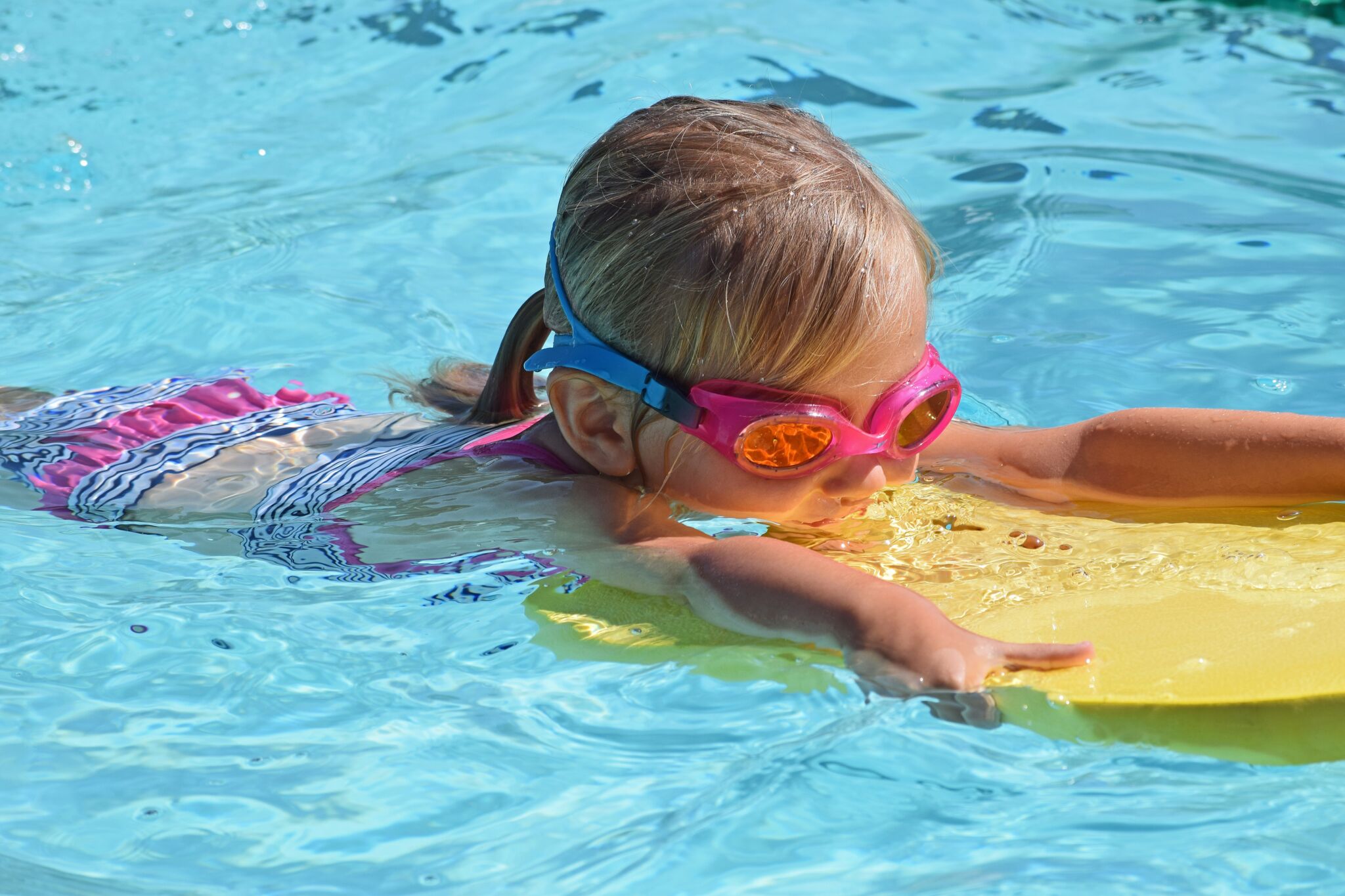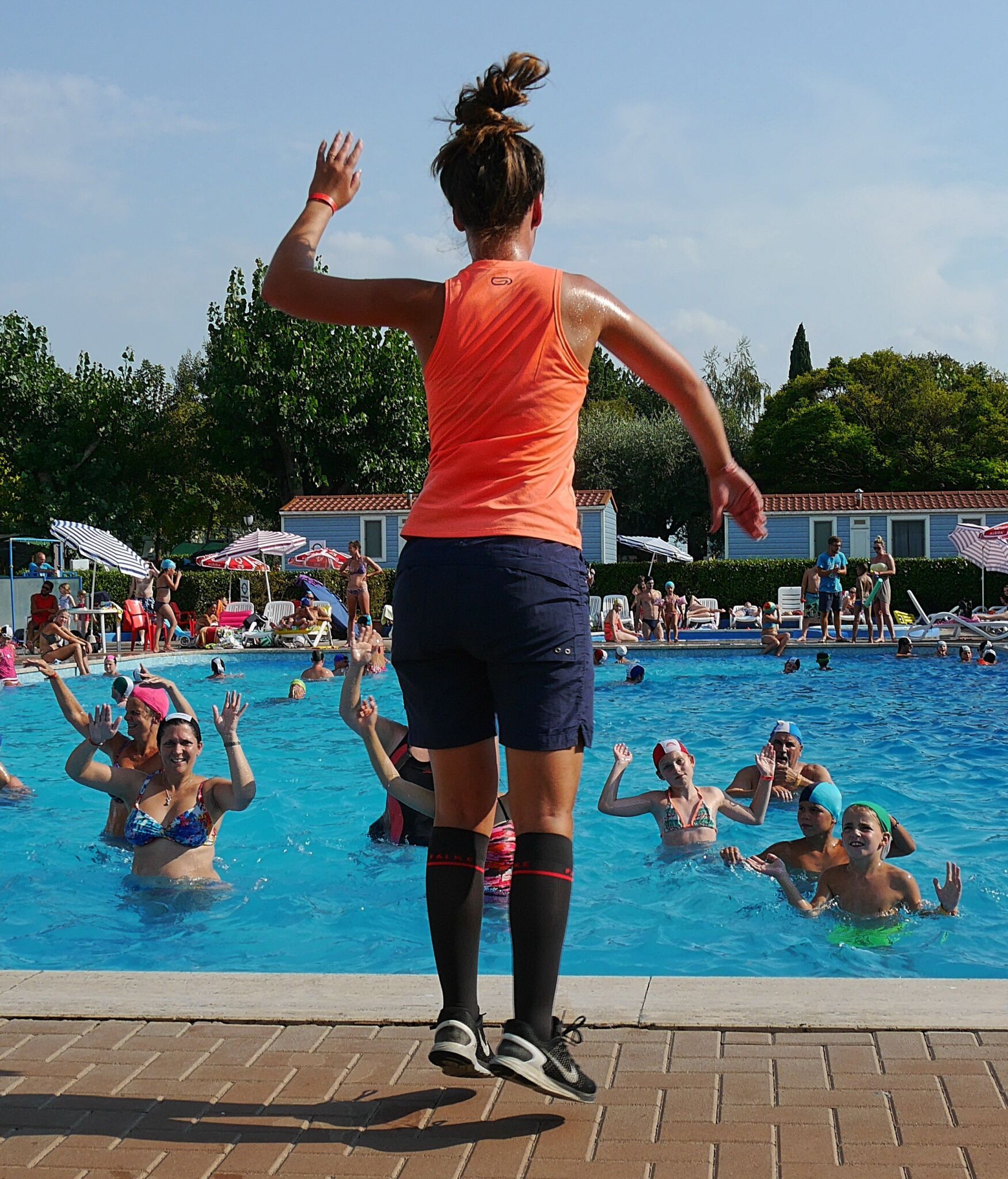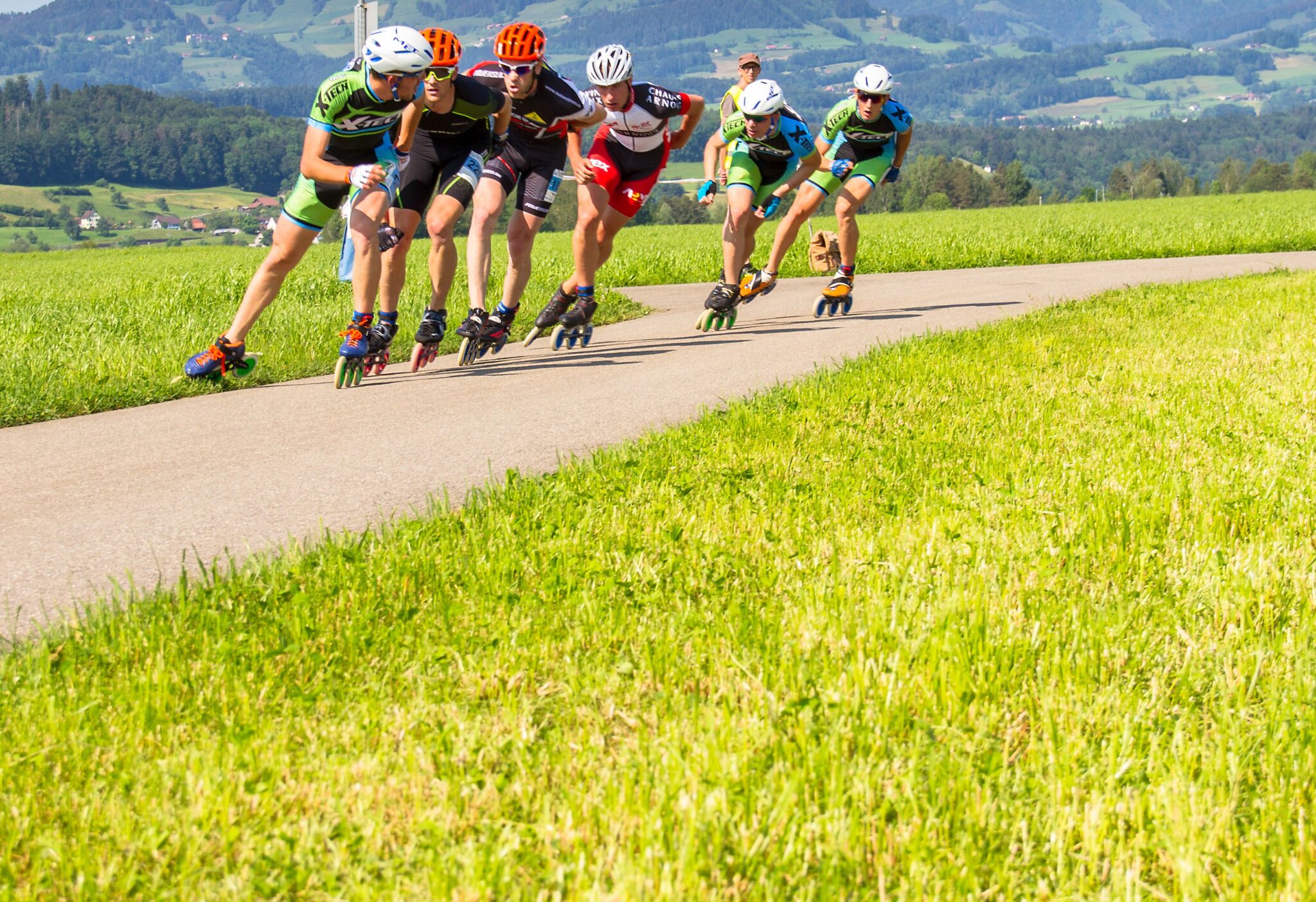Sporting activity makes an important contribution to the prevention and rehabilitation of orthopaedic diseases and functional disorders
Many people want to be active in sport and place high demands on their own sporting ability.
But which types of sport, which sport and which physical activity and which exertion are medically appropriate for orthopaedic conditions and which can even be harmful?
The assessment of suitable types and intensities of sport depends primarily on the affected joint or spinal area, the accompanying illnesses and personal motivation.
In principle, it can be said that sports and activities involving contact, jumping, impact and/or overhead loading should be avoided in order to ensure pain-free function under load.
This applies in particular to patients with osteoarthritis or endoprosthesis, e.g. with an artificial knee or hip joint, but also to patients with chronic spinal complaints, e.g. of the cervical and/or lumbar spine.
Cyclical movements without excessive use of force that move the joint evenly are ideal. Well-developed muscles are particularly important for stabilizing the joints and spine. Alternating endurance, stretching and strengthening exercises is therefore ideal.
Moderate physical activity with sports that are easy on the joints counteracts inactive osteoporosis and leads to improved bony anchoring in the bone in patients with an endoprosthesis, for example. Strengthening the muscles, such as the hip extensors, hip abductors and knee extensors, makes the bone more resistant and increases bone mass. This has very positive effects on osteopenia or osteoporosis (reduction in bone density).
In addition to targeted strengthening, balance training is also important. In older patients in particular, this helps to maintain stability and safety of movement in everyday life and reduces the risk of falling. Combined strength and endurance training with additional elements to train flexibility and coordination is particularly beneficial.
Sports that are easy on the joints help to keep you mobile. Even regular walking is an endurance sport that is not only easy on your joints and muscles, but is also easy to do. In principle, this makes medical sense, but is not always sufficient to correct individual functional deficits in the spine and joints.
Cycling, swimming (breaststroke and backstroke), Nordic walking, cross-country skiing, inline skating with protective equipment or aqua fitnessoffer very good joint training . If done regularly and properly, these sports lead to gentle weight loss without undesirable side effects.
On the other hand, anything that places additional strain on the musculoskeletal system is not recommended. This includes jumping or sports that require sudden stop-and-go movements, such as squash,handball, football or volleyball, jogging, horse riding, alpine skiing and tennis.
Statistically speaking, regular exercise reduces the risk of developing cancer by 20-30%. Even in the case of cancer, patients who are active in sports have a demonstrably lower risk of relapse after undergoing specific therapy.
Children have a natural urge to move, which should be specifically encouraged in both healthy and disabled children.Sports and swimming lessons, rhythmic sessions and outdoor games make an important contribution to the comprehensive development of all children, promoting not only their zest for life but also their social development and integration.
Overall, regular physical activity is ideal for preventing cardiovascular disease, high blood pressure, type 2 diabetes, cancer, osteoporosis, obesity, stress and burnout, among other things, and should therefore be an integral part of everyone’s daily routine.








